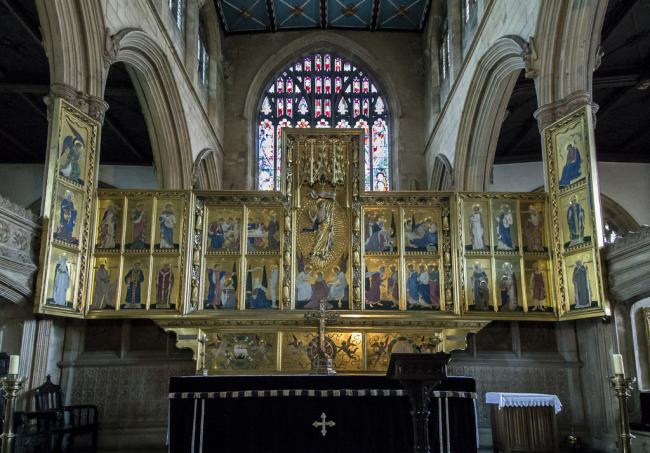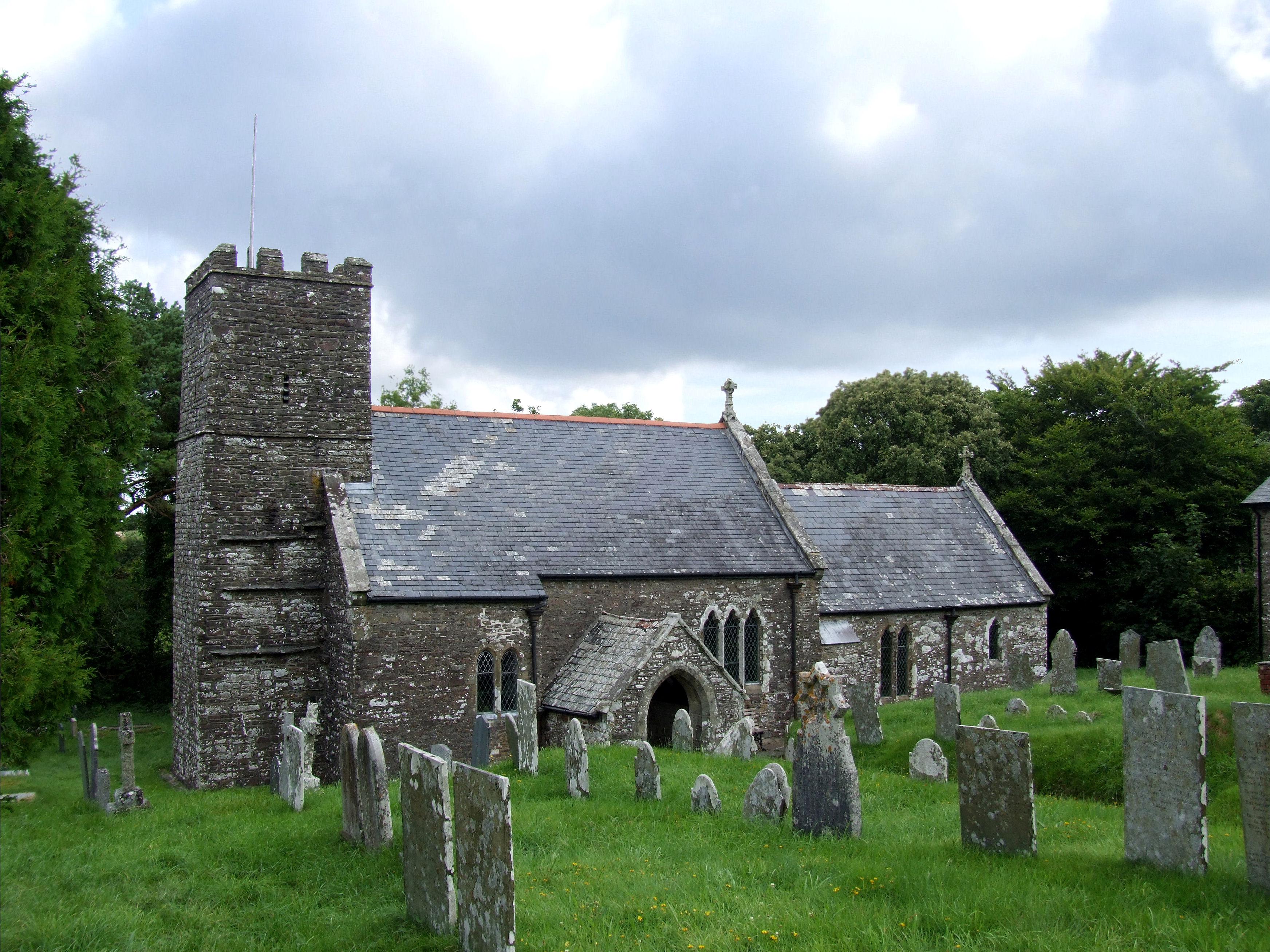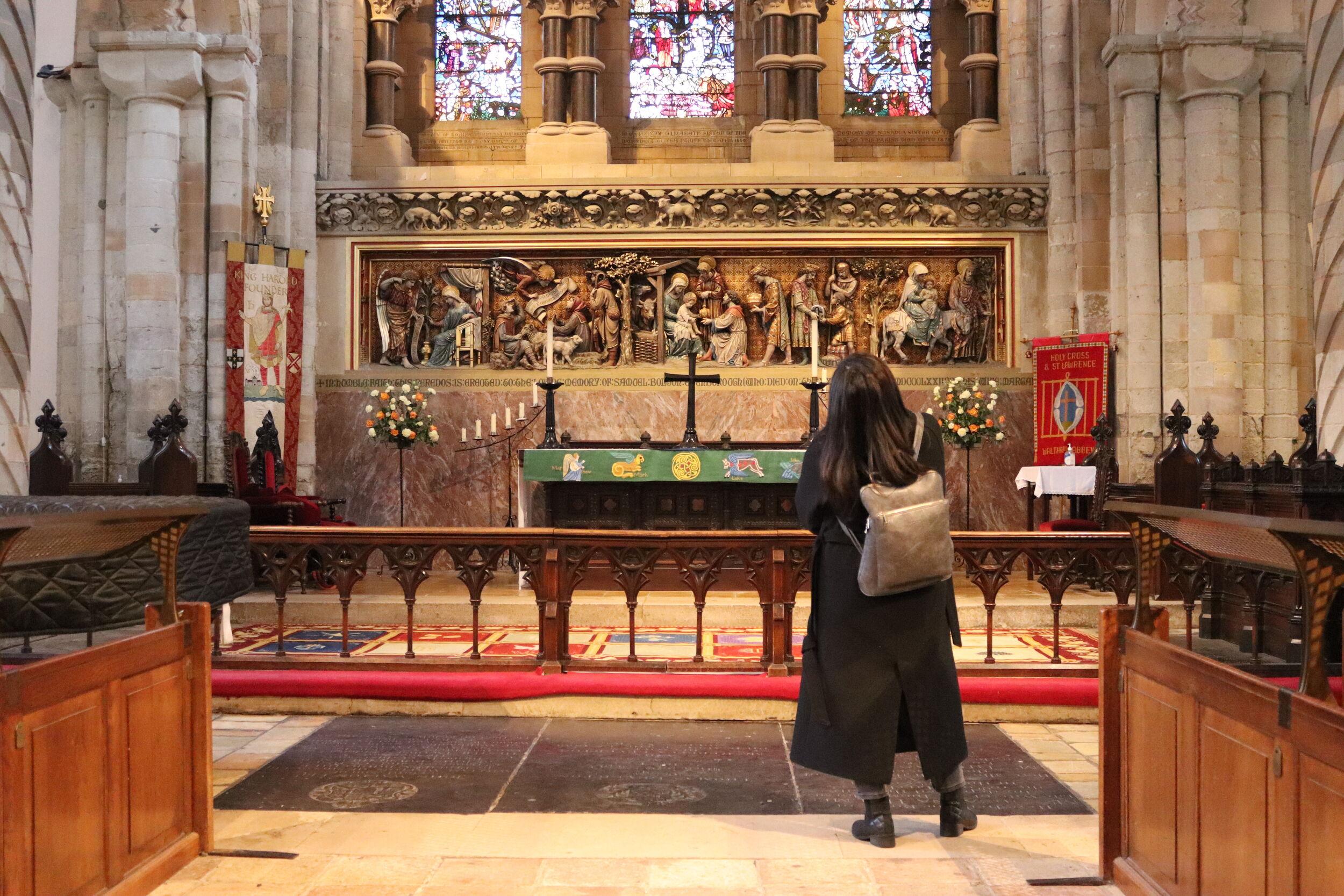Historic England has released new research which shows that there is strong public support for preserving the nation’s historic churches. This was even the case among people who are secular or who do not attend church services. But why does this matter now?
Historic churches matter to the public
Historic England carried out a study where they were able to find out the value that people place on a church building’s historic character independent of the function of the church or any community activities or events it hosts.
You can find the full research by Historic England here, which we recommend reading, but we wanted to highlight some crucial points:
- People who use churches regularly would pay an average of four times more for the full restoration of a historic church compared to a modern one.
- Even non-users, which includes 46% of people who had not visited a church in the previous year, were willing to pay an average of over 15 times more for historic churches compared to modern buildings.
- There was a similar pattern for essential repairs, where historic churches consistently attracted a higher willingness to pay than modern counterparts.
- People also expressed a willingness to pay for improvements in community use for both historic and modern churches. For example, food banks, warm spaces, and concerts. This shows that the public recognise and appreciate how church buildings serve their community and see them as a valuable resource.
Heritage crisis
There is a huge gap here in what the nation supports and how it is funded. The future of church buildings is the biggest heritage challenge facing the UK. Almost 1,000 churches in England alone are considered at risk and need repairs. But funding them falls on the shoulders of local people, an entirely unsustainable arrangement.
This year, the UK Government slashed its only consistent form of funding for church buildings – the Listed Places of Worship Grants Scheme – meaning that repairs can now cost up to 20 per cent more.
Inflation and the cost of building materials also continue to increase. It is becoming harder and harder for local people to keep their church in good condition.
We are doing all we can to support churches, but there needs to be UK-wide joined up strategy in how we can support these important local buildings.

Once they’re gone, they’re gone
“There is no replacing these buildings. Once they’re gone, they’re gone. We are at serious risk of losing them for good if urgent action is not taken soon,” says Claire Walker, Chief Executive of the National Churches Trust.
More than 60 per cent of all the MPs in England – 336 MPs – have a church, chapel, meeting house or cathedral on the Historic England Heritage at Risk Register in their constituency. They include the leaders of the main political parties including Sir Keir Starmer, Kemi Badenoch and Ed Davey.
That is almost 1,000 churches in England alone that need serious repairs if they are going to survive. In Wales, 25 per cent of historic churches and chapels have closed in the last decade. So much important heritage and local history lost to the public. The Church of Scotland is actively planning to close as many as 30-40 per cent of its churches.
Funding historic churches has the public’s support (and makes good economic sense)
This is another piece of research that again demonstrates the value of church buildings and the unique and treasured heritage that is found inside them. It’s not just local people that see this value, but it is what draws millions of visitors to the UK too. These tourists are a significant boost to the economy.
Our The House of Good research also shows the economic value of church buildings. Across the UK, churches generate £55 billions of social good through the community activities they host and run. It would cost the NHS £8.4 billion if they had to deliver this same level of service – the cost of employing 230,000 full time nurses.
“The Government must permanently renew the Listed Places of Worship Grants Scheme and remove its cap,” shares Claire Walker.
“Funding these buildings makes not just economic sense, but has public support too, as they want to see these buildings saved for today and for future generations.’’


